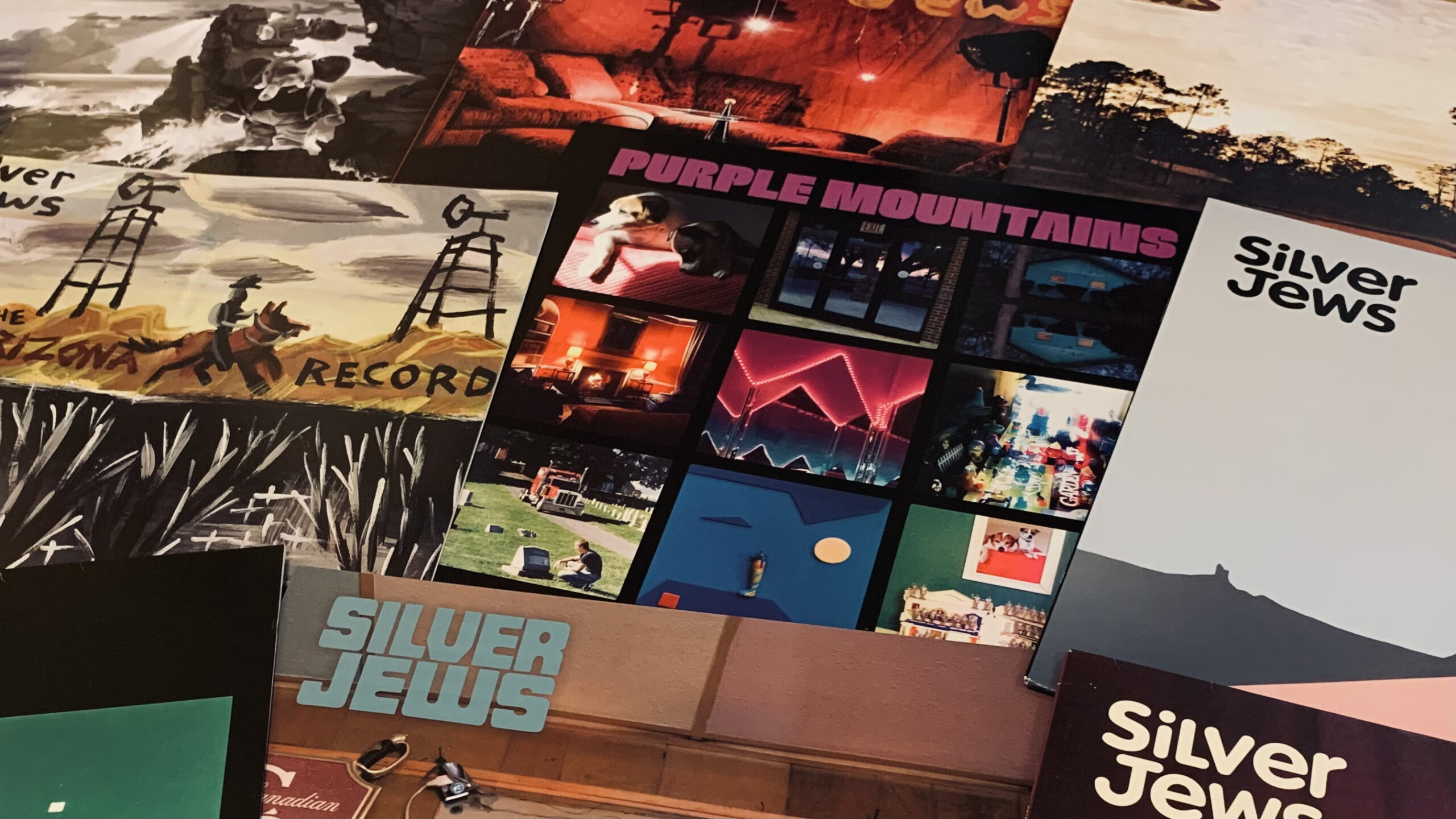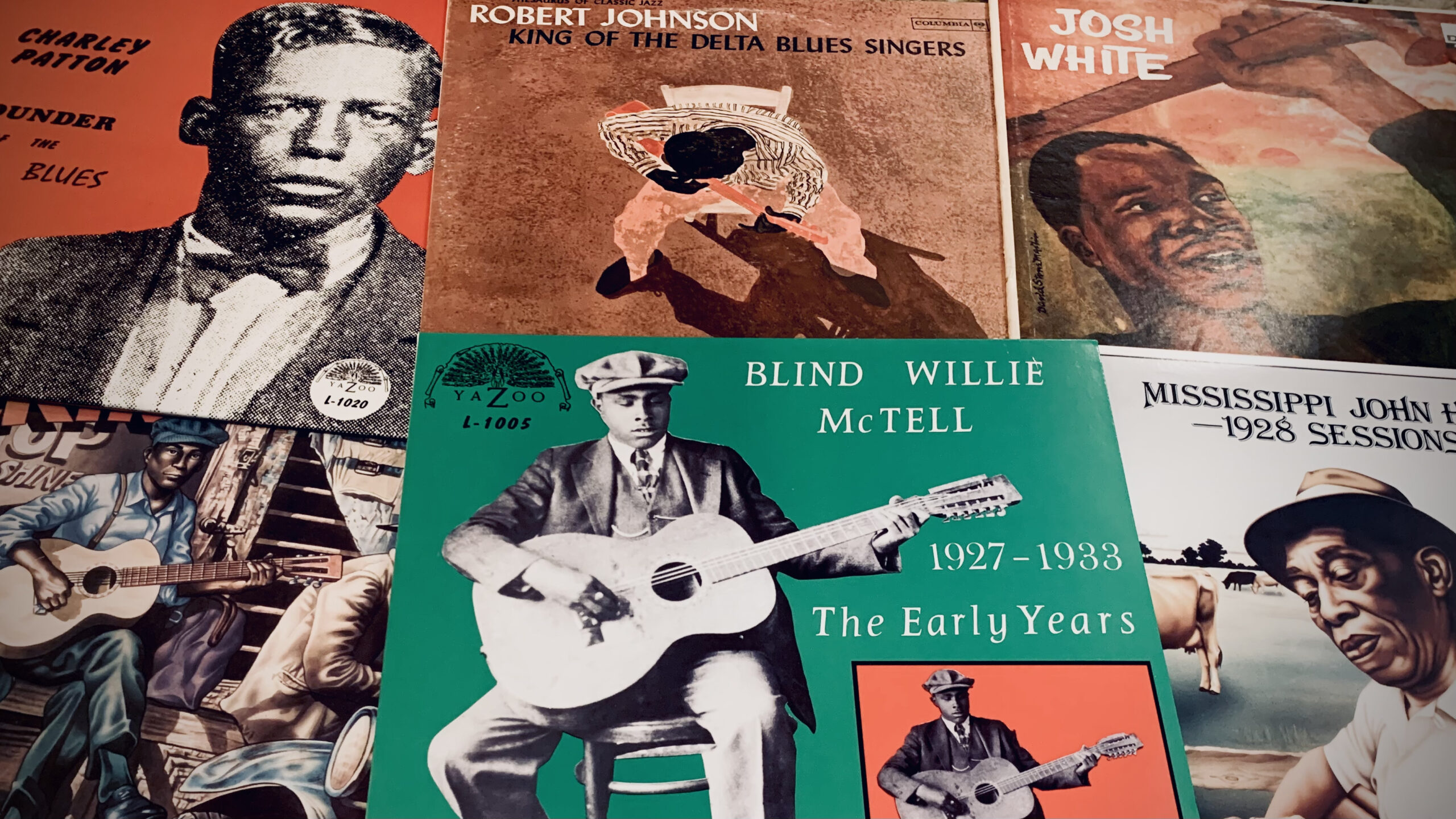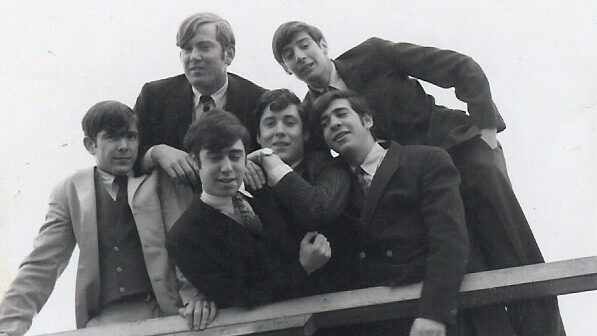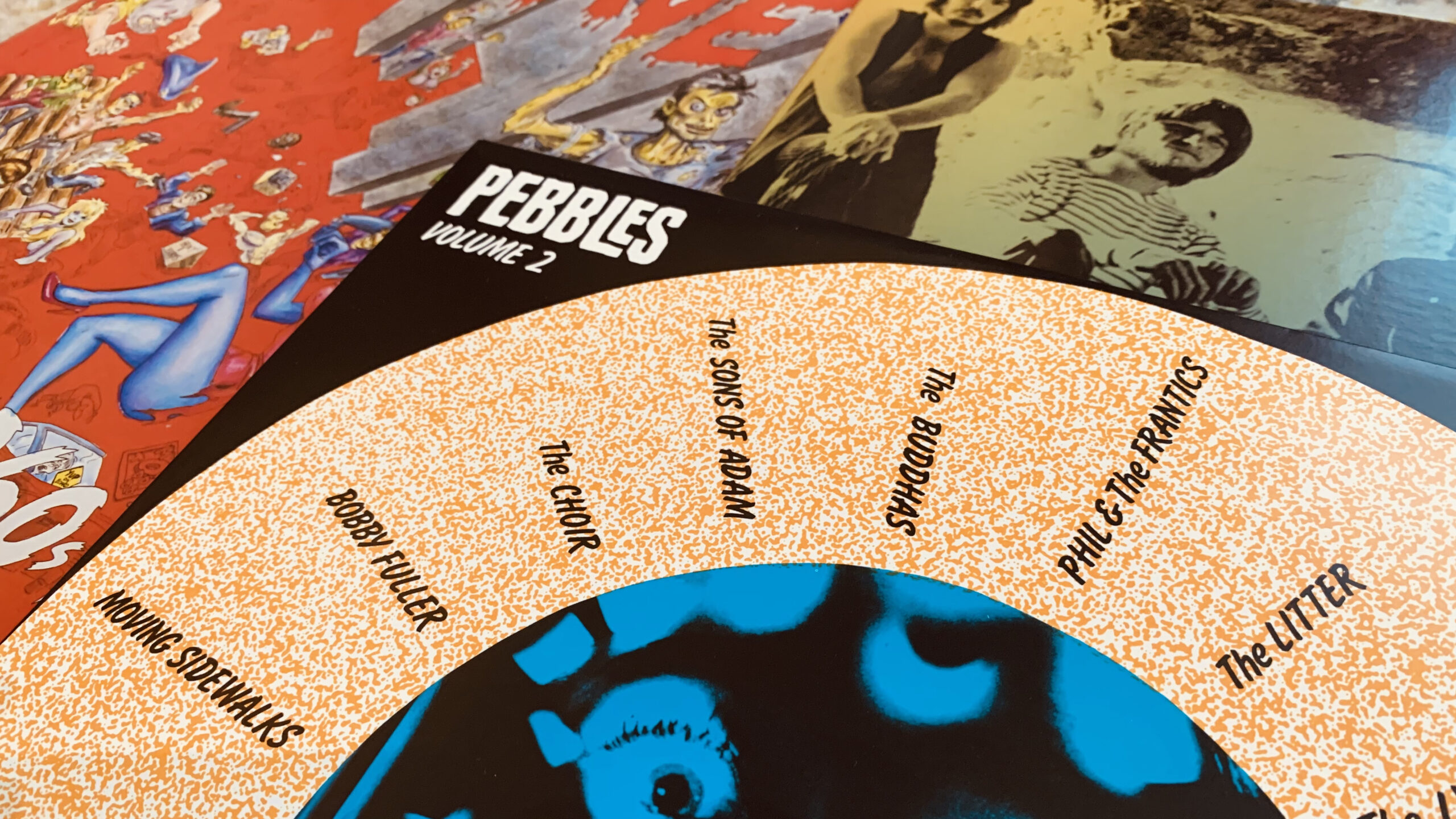
Leaving Southern California, we now head to the American Midwest. While definitions of the region differ, what can’t be denied is that the Midwest was home to a thriving garage rock scene during the mid-sixties. So much in fact, that we’re diving the region into two separate features: an upcoming article on the generally-acknowledged Upper Midwest; and this one, which focuses on the states of Ohio, Indiana, Missouri, Kansas, Nebraska, and Illinois.
It’s that last state, and particularly the massive metropolis of Chicago, that loom largest over this list of thirty songs. There’s rarely been a time during its existence where Chicago hasn’t played an outsized role in American culture, and the mid-sixties were no exception. However, where last week’s feature on Los Angeles saw the sprawling California city at the vanguard of pop culture, Chicago bands of the era tended to forgo psychedelic affectations in favor of more traditionalist forms.
These prudent stylistic choices echoed in Chicago’s suburbs, and elsewhere throughout the Lower Midwest. The garage bands of the region were loud – and there are plenty of early examples of punk rock in this feature – but not necessarily more so than their more famous brethren from Michigan or the Pacific Northwest. They sang frequently of relationship troubles, but perhaps not as cynically as the L.A. groups, or in as jangly and melancholic of a manner as bands from New England. The influence of soul music was apparent – particularly in a handful of successful major label-affiliated groups from Ohio – but so too was it in contemporaneous bands from the American South.
This melange of influences reflected the cultural and geographic centrality of the Lower Midwest. Hailing from what is often referred to as the crossroads of America, the artists featured here incorporated sounds and styles of regions afar, but combined them to create something all their own. It may not have been as flashy – or as easy to define – as what surrounded it, but the music of the Lower Midwest was rewarding nevertheless.
As has become customary with these features, there will be two different playlists presented below. The first one is the complete thirty-track list from YouTube. The second salvages the available-on-streaming songs (twenty-four at the time of publishing) in a Spotify playlist. Enjoy!
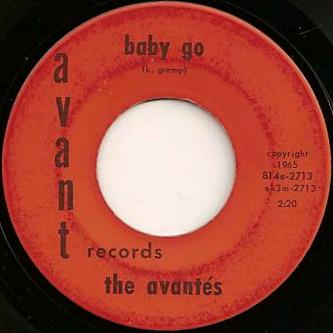
From the Chicago suburb of Crete, Illinois, The Avantes released just one single – likely self-released, based on the similarity of the Avant label name. “Baby Go” is a mid-tempo, surf-inspired track based around an ultra-catchy guitar riff. It has featured on a handful of garage compilations over the years, and makes for a welcome opener here.
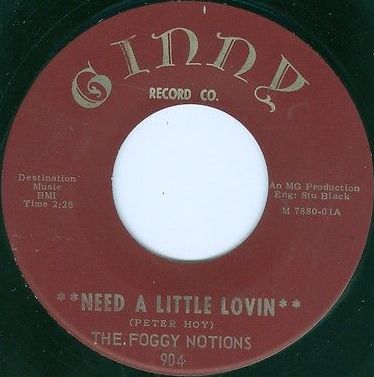
One of well over a dozen Chicago-area groups represented in this feature, The Foggy Notions did not reach the same level of real-time recognition as many of their contemporaries. However, their lone A-side, “Need a Little Lovin’,” has since become a compilation fixture, winning converts with its appealing mix of melody, melancholy, and fuzz.
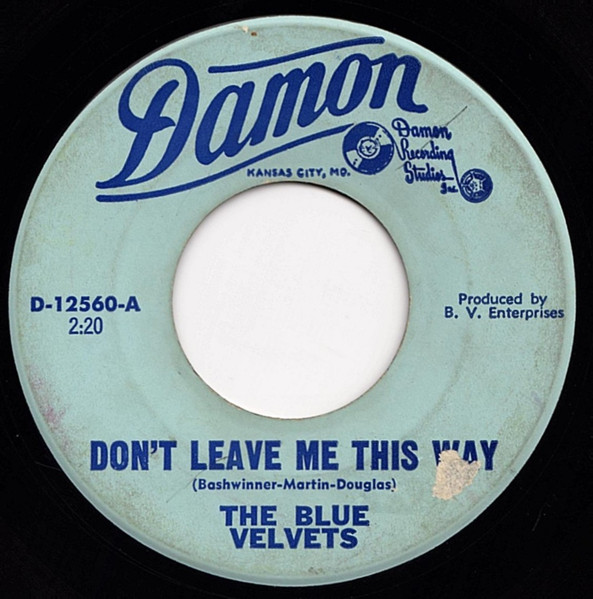
Another surf-influenced track, “Don’t Leave Me This Way” is an intriguing offering from The Blue Velvets. Hailing from the affluent suburb of Leawood, the group apparently crossed the border to Kansas City’s Missouri side to record this 1965 single. Kansas City had of course been a hotbed of jazz and blues during earlier times, but the metro area would produce several excellent rock groups during the mid-to-late sixties.
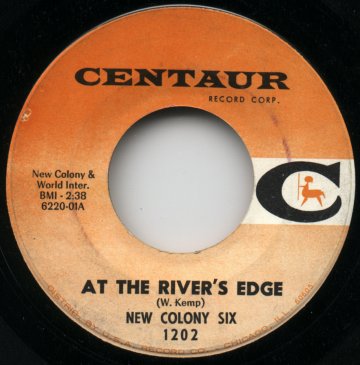
Among Chicago’s most successful rock groups of the mid-sixties, The New Colony Six would release four LPs before the decade’s end. Penned by bassist Walter Kemp, “At the River’s Edge” was a highlight of their 1966 debut album Breakthrough. Though it was ultimately relegated to B-side status, its relentless energy makes for one of the most impressive tracks in the band’s catalog.
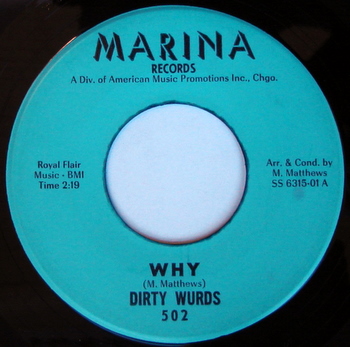
Another Chicago group, Dirty Wurds would release just two singles during their brief existence, but their first still leaves quite an impression. Carried by the unhinged vocals of Mick Mackles – who also wrote the track – “Why” channels the legendary singles by The Sonics. It kicks, careens, and crashes, leaving a flaming trail of destruction in its wake.
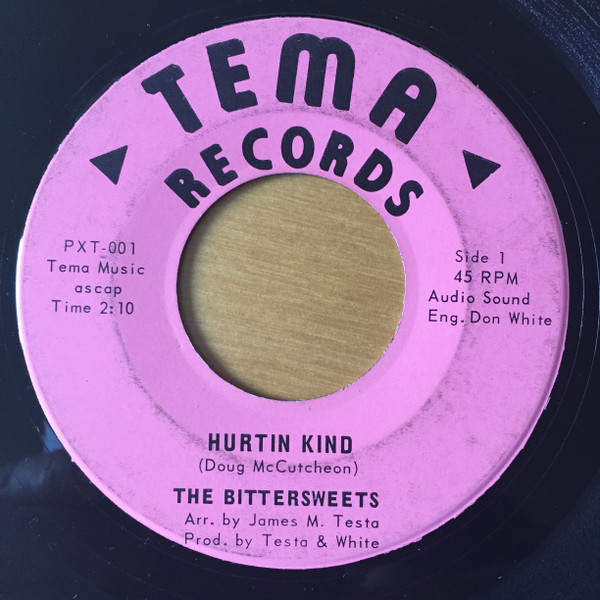
Decades before Guided by Voices and The Breeders, The Bittersweets emerged from Dayton, Ohio with a charmingly homespun sound. Unlike the former band, they weren’t exactly prolific – leaving behind just a pair of singles – but their debut A-side would earn a degree of notoriety when it appeared on the 1987 compilation, Girls in the Garage. “The Hurtin’ Kind” is carried by the guitar and vocal work of Judi Rodgers, who also shines on the B-side’s compelling take on George Gershwin’s “Summertime.”
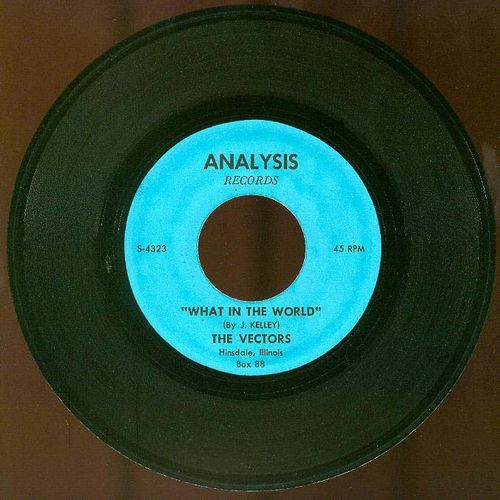
Heading next to western Illinois (specifically the town of Macomb), we encounter the earliest recording on this playlist. Written by Joe Kelly – who would later join The Shadows of Knight – “What in the World” is pretty typical early-Invasion-era garage rock. Jangly chords and a ripping harmonica solo set a Beatle-esque backdrop for the spirited group vocals that carry the track.
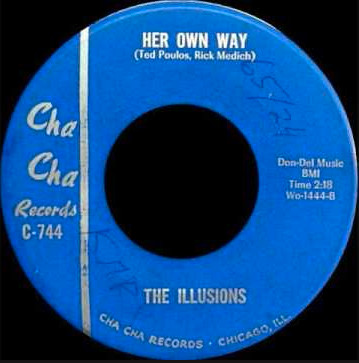
A downcast beauty from Chicago’s Illusions, “Her Own Way” was the flip-side to one of the band’s two singles. Biographical information on the group is scarce, but their label, Cha Cha Records, released dozens of singles from area acts, including a one-off from Syl Johnson. “Her Own Way” steps outside of the typical garage rock mold, but its contemplative nature and sparse arrangement (which includes a well-deployed electric 12-string) make for a potent combination.
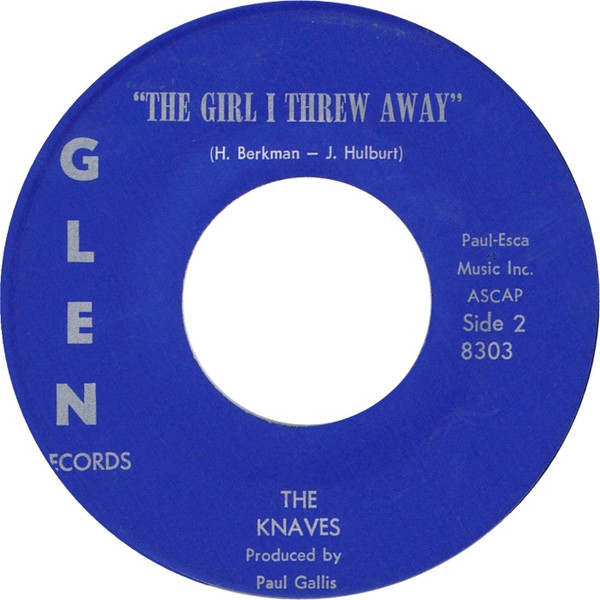
Another B-side from a Chicago group with just two singles to their name, “The Girl I Threw Away” was resuscitated when it appeared on the ninth volume of the Pebbles series in 1980. A co-write by the group’s two vocalists/guitarists, the melancholy folk rock track arguably stands as the peak of The Knaves’ limited discography.
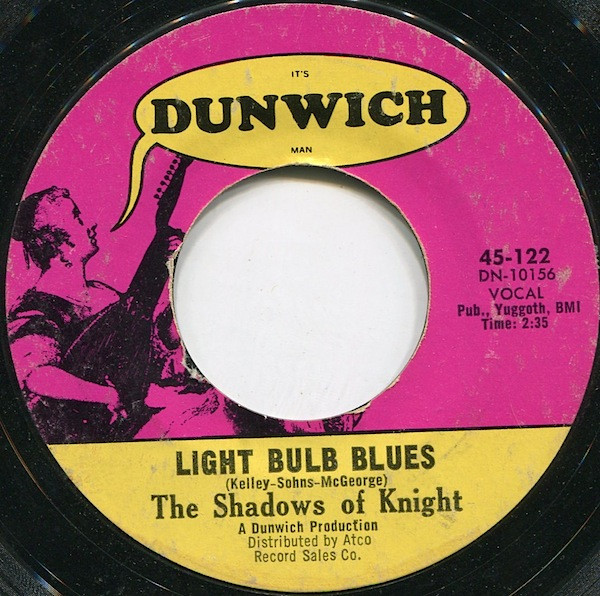
While Arlington Heights, Illinois’ Shadows of Knight appeared on the original 1972 Nuggets compilation with their track “Oh Yeah,” it’s the song’s B-side that is the superior recording. The influence of Bob Dylan’s “thin wild mercury” sound definitely hangs over “Light Bulb Blues,” albeit with a more forceful instrumental backing; and while the lyrics don’t hold a candle to the dense imagery of Highway 61 Revisited or Blonde on Blonde, it’s a riveting track nonetheless.
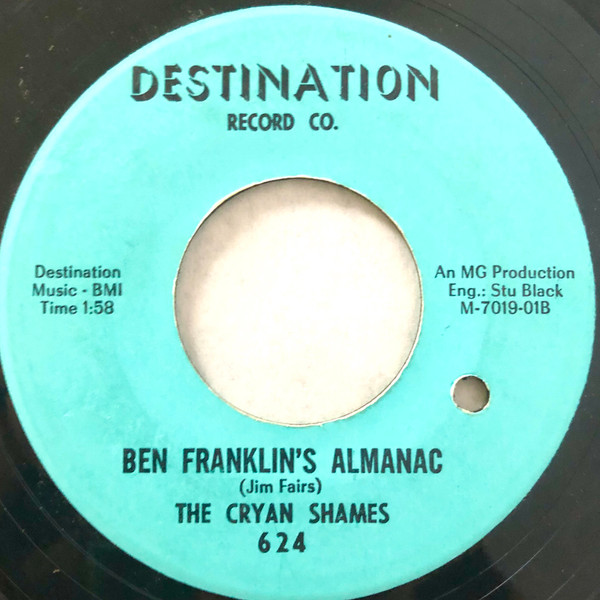
Another suburban Chicago band – this time from Hinsdale – The Cryan’ Shames also appeared on the original Nuggets compilation; and like The Shadows of Knight, the B-side to the group’s Nuggets track is actually the superior recording. While “Sugar and Spice” is a charming slice of garage pop, “Ben Franklin’s Almanac” is a legit raver. Written by the group’s multi-instrumentalist Jim Fairs, “Franklin” is a high-octane blast of group-harmonized pre-punk.
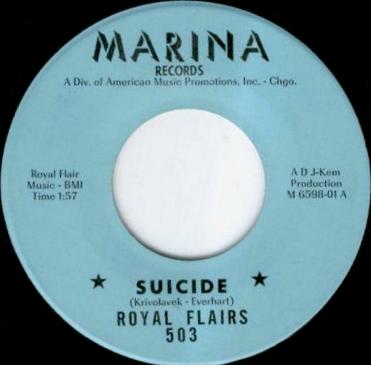
Though they formed in Council Bluffs, Iowa (a state that will be part of our focus on the Upper Midwest) The Royal Flairs first made a name for themselves on the Omaha, Nebraska scene, before eventually heading to Chicago to record for the short-lived Marina Records. This excellent 1966 A-side captures the group at their best, mixing their early surf-inspired sound with a punk-anticipating edge.
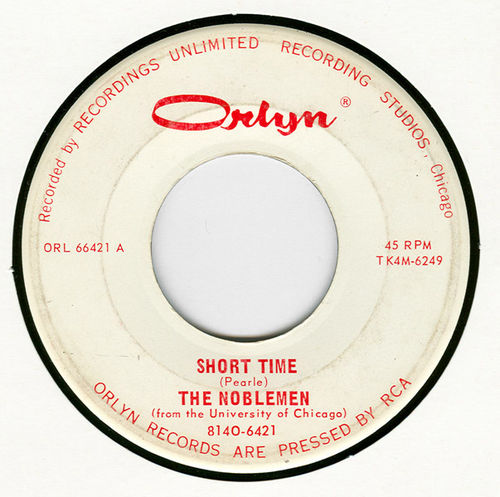
Back to Chicago for what is arguably the most blistering track on the list. Jagged power chords and a breakneck pace mark The Noblemen’s lone A-side: the label of which indicates that the group was composed of students from the University of Chicago. With a studio cut this frenetic, one can only imagine the energy that this band must’ve brought to their live performances, and how that intensity may have been off-putting to an unsuspecting crowd.
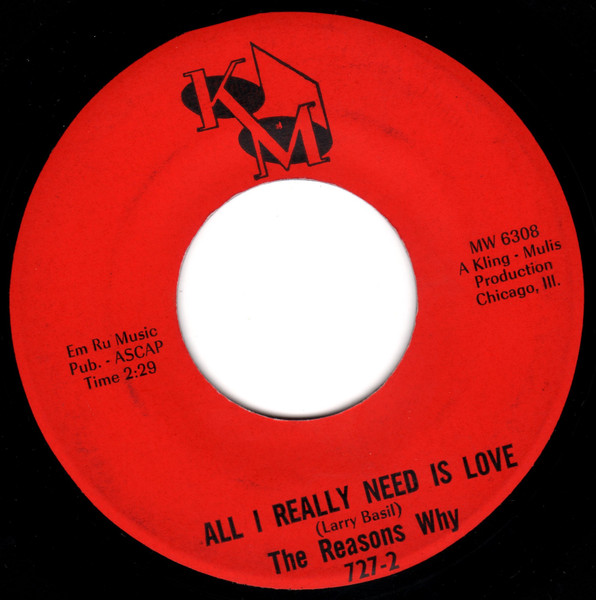
Not ready to come down just yet, we’ll check in with another Chicago group. The Reasons Why were another band with just one single, but its A-side is a killer. The title of “All I Really Need is Love” may make it sound harmless, but it made perfect sense for the song to appear on the second installment of Back From the Grave in 1983, given the series’ reputation for unearthing the best in sixties-era pre-punk.
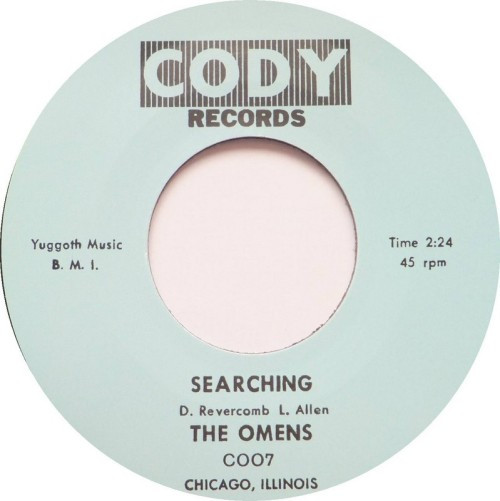
No, it’s not another unnecessary garage cover of the song that Leiber and Stoller wrote for The Coasters, but an original composition from a Hammond, Indiana band. Located just across the state line from Chicago, The Omens aimed to capitalize on a thriving local scene, but ultimately just released this one single. “Searching” carries a similar energy as the previous couple of tracks in this feature, and possesses a comparable kind of homespun appeal.
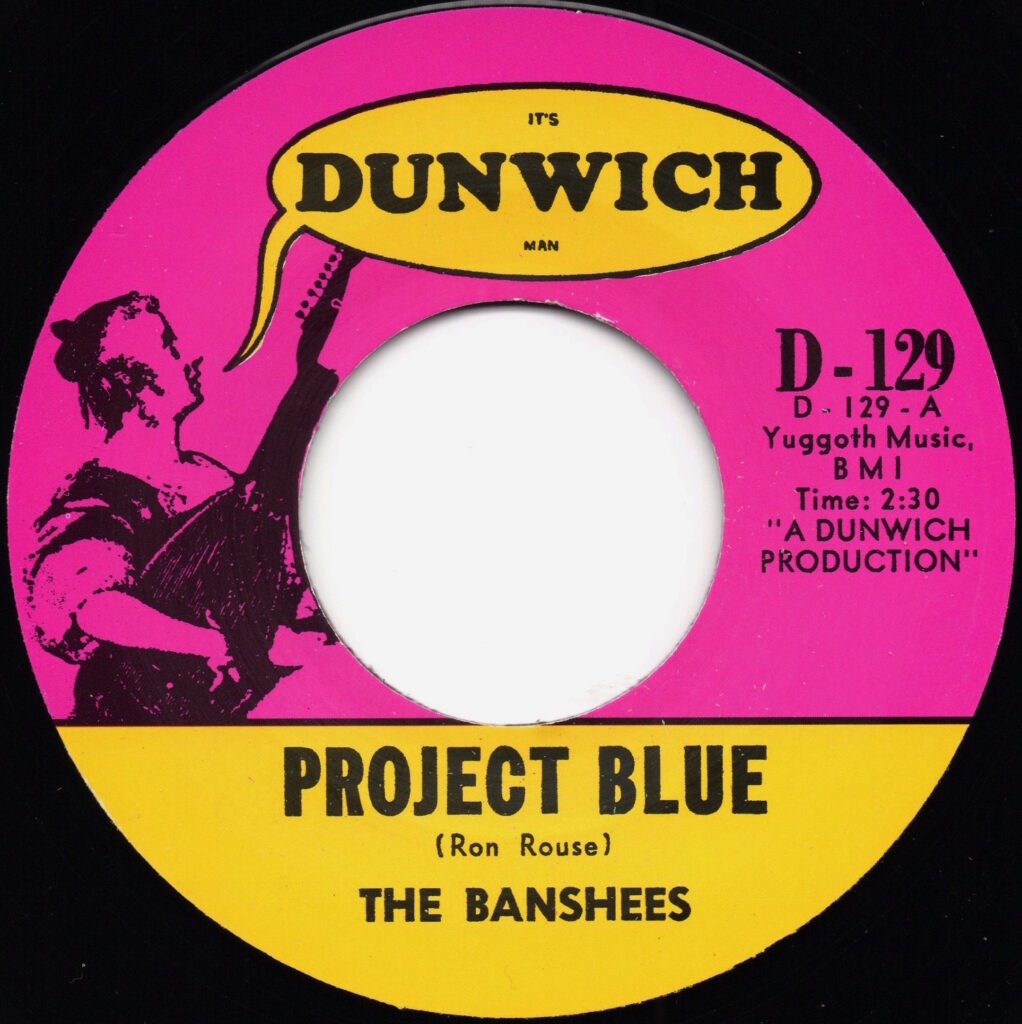
From the northern end of the Chicago metropolitan area, The Banshees hailed from Elgin, Illinois. Released in the summer of 1966, their sole A-side is one of the unquestionable precursors to what would eventually become known as punk rock. Written by guitarist Ron Rouse, “Project Blue” is a sneering, rapid-fire, uncompromising whirlwind of sound.
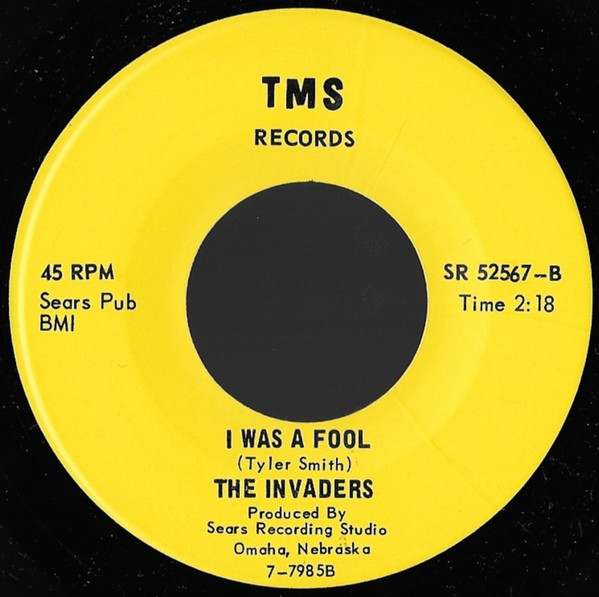
Bringing things down a considerable amount, this track from the Omaha, Nebraska-based Invaders provides something of a respite from the preceding songs. “I Was a Fool” is a remorseful track, penned by the band’s guitarist/vocalist, Tyler Smith. Its downcast nature made the song a perfect fit for inclusion on the Numero Group’s melancholy-themed 2020 compilation, Louis Wayne Moody High.
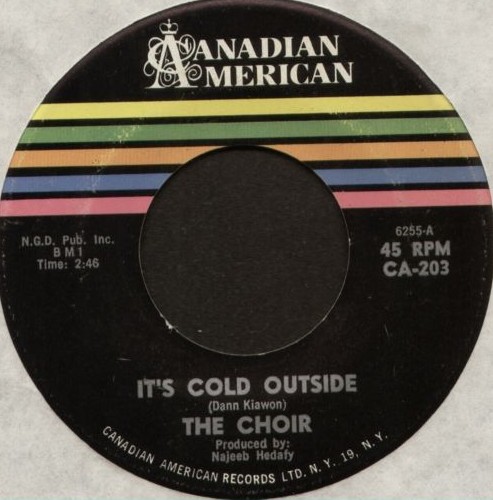
A beloved garage classic, The Choir’s debut single has been featured on Nuggets, Pebbles, and several other sixties rock compilations. And deservedly so. Few songs in the American pop canon – of which this really should be considered a part of – are this arrestingly charming. Most of the principal members of this Cleveland-based group would find greater commercial success as part of The Raspberries, but never again would they match this seemingly-effortless slice of perfection.
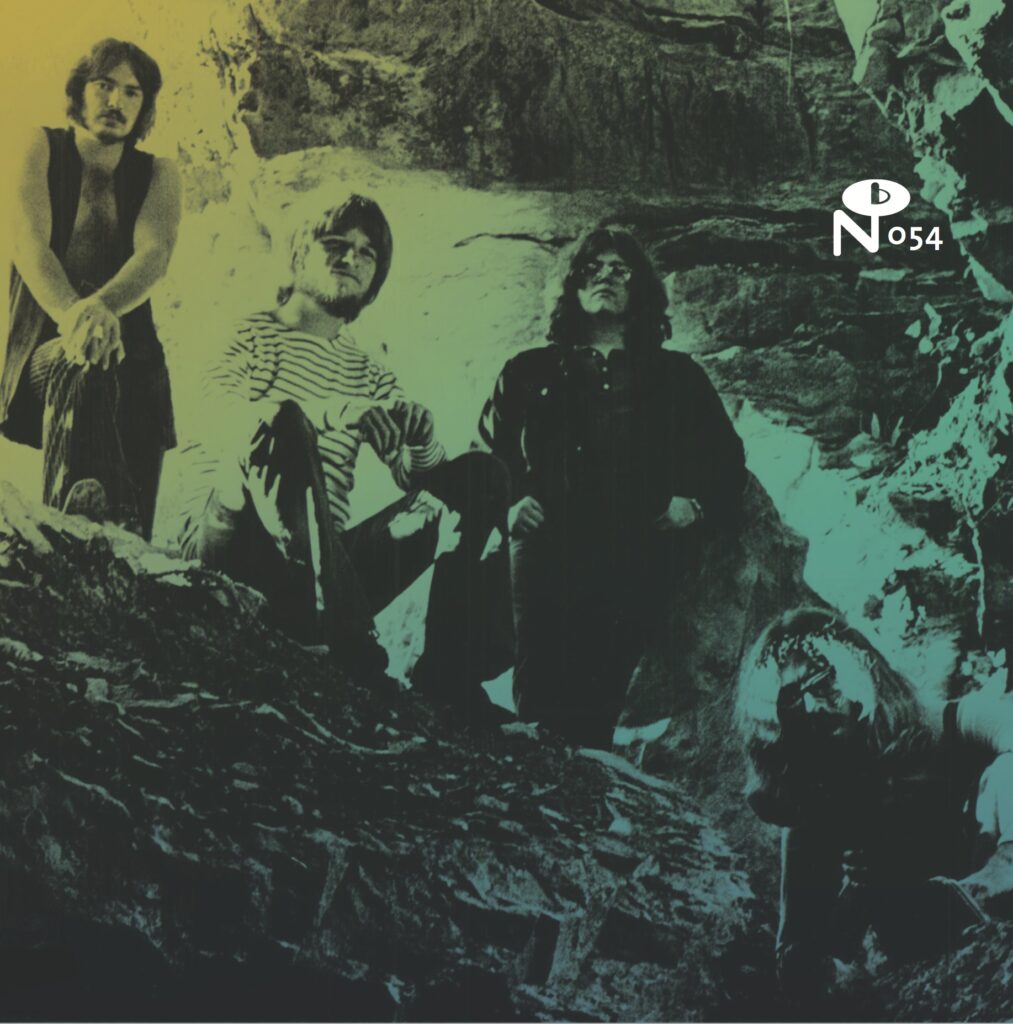
Larry Sands & The Sound Affair
“You’ll Know the Words”
from Local Customs: Cavern Sound (recorded 1966)
Not just one of my favorite songs on this list. Not just one of my favorite garage-adjacent tracks of the era. “You’ll Know the Words” is simply one of my favorite songs. Ever. I wrote about it as part of an addendum to the A Century of Song project. I wrote about it again when reviewing the Cavern Sounds compilation earlier this year. The song was written by an eyeglass designer/salesman from Kansas City, Missouri, and recorded in a cave that was part of an abandoned limestone quarry. Even if it hadn’t been, it still would’ve been special. Even if this were the only song of value that the Numero Group ever introduced me to, it would still oblige me to purchase everything else that they released. This is an all-timer.
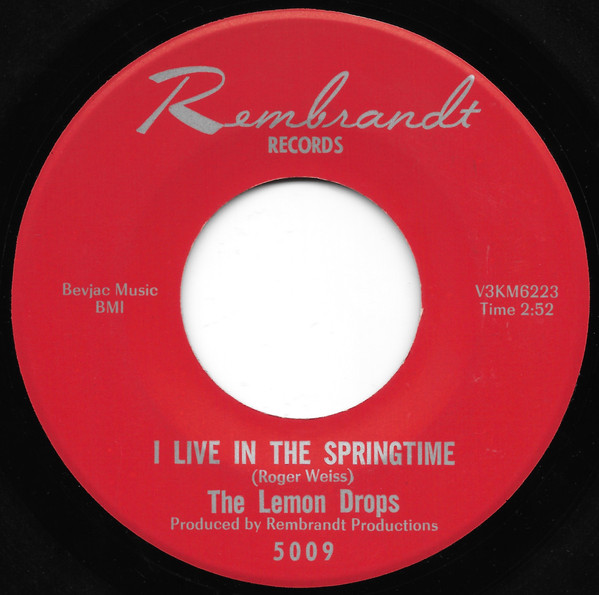
McHenry – hometown of The Lemon Drops – lies at the outer edges of the Chicago metropolitan area, but the young group ventured down to southern Illinois to record their debut single. “I Live in the Springtime” was an intriguing track, matching three layers of guitar with a driving, surf-inspired rhythm. At least it was, until their tiny label, Rembrandt, released it in an incorrect mix that omitted both the bass and drums. A second pressing fixed this error, but to many (including the folks who compiled the expanded 1998 version of Nuggets), the original release was canon. I’ve opted for the version that restores the group’s original vision, though the thick, vaguely psychedelic guitar haze of the initial release has considerable merit as well.
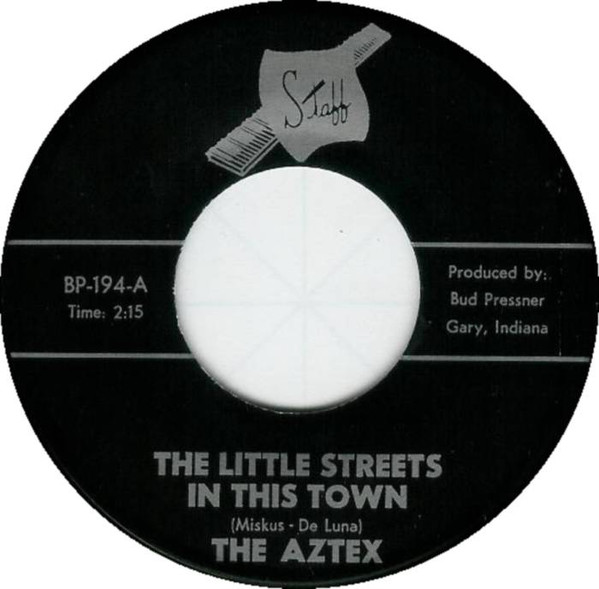
Though the city of Gary is located in Indiana, it is essentially a suburb of Chicago. This geographic factoid figures into the B-side of the lone release from Gary’s Aztex. In “The Little Streets in This Town,” the group longs for the excitement of the big city, with its tall buildings and happening clubs. The lyrical prompt to “remember that place on State Street” is a thinly-veiled message to escape the tedium of the suburban life, and head to where the action is.
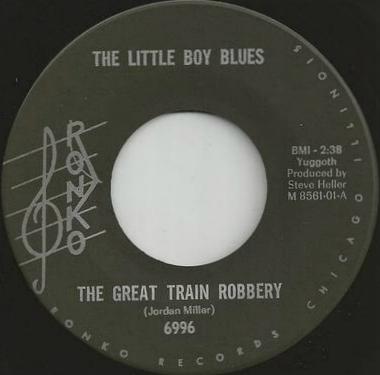
Unlike most of their contemporaries on this list, Chicago’s Little Boy Blues actually managed to record a full-length album before breaking up in 1969. However, their most convincing display of garage rock came from this 1966 A-side. Written by Jordan Miller – who was not a member of the band – “The Great Train Robbery” borrows its title from Edwin Porter’s landmark 1903 film, repurposing it as a stomping, fuzz-blasted slice of proto-punk.
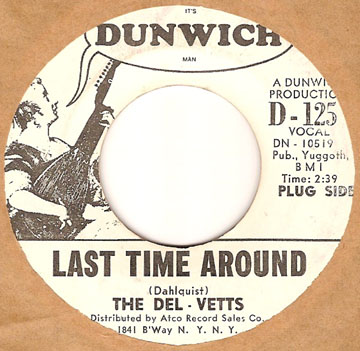
While this Highland Park group also released a well-regarded single (“Girl” / “If You’re Ready”) as The Pride and Joy in 1967, they peaked on this blistering 1966 A-side. “Last Time Around” is a full-throttled sonic beatdown that was, perhaps, only one hook away from immortality. Either way, it’s still an impressively realized recording, with solid performances and energy to spare.
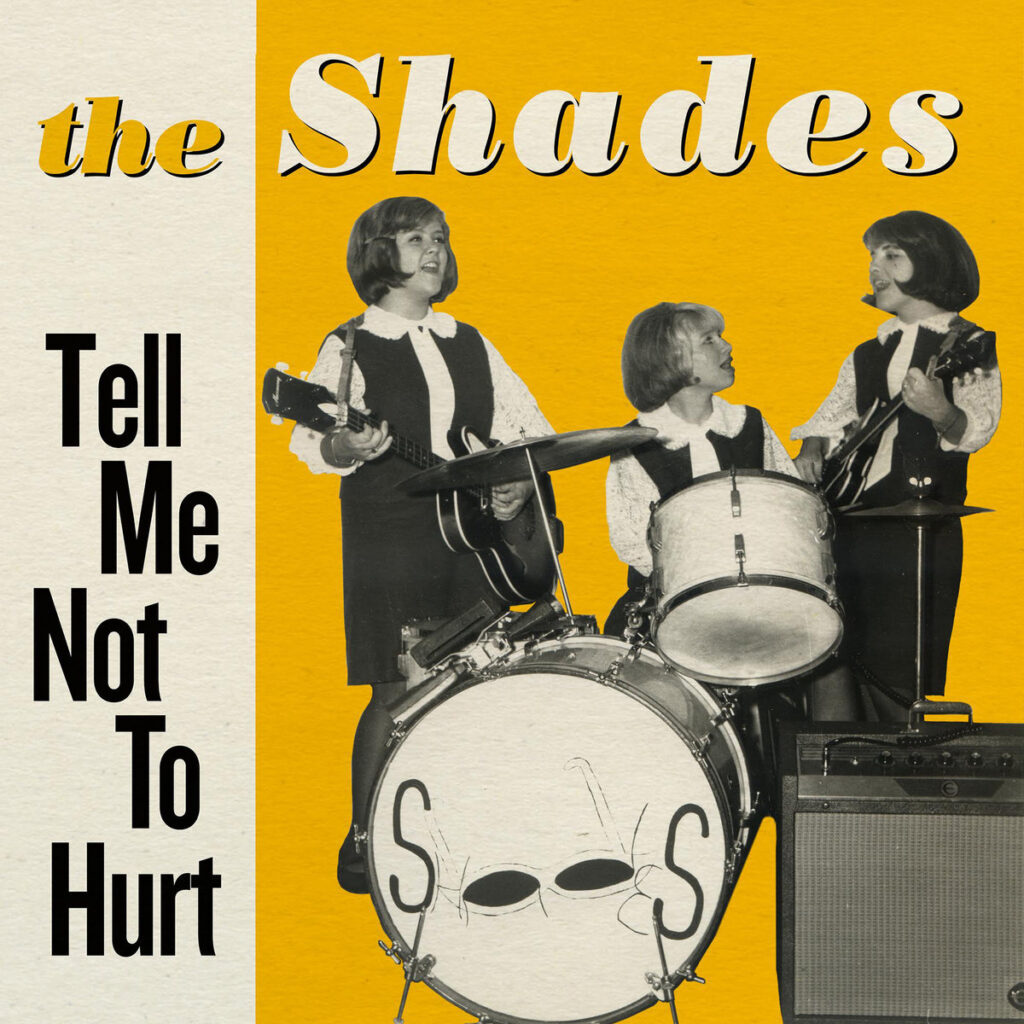
Another great “lost” act rescued by the Numero Group, The Shades were one of the few all-female garage bands of their era. From the tiny town of Etna Green, Indiana, the trio seemed destined for obscurity until Numero included their excellent song “I Won’t Cry” on their 2018 Basement Beehive compilation. Even better is “Tell Me Not to Hurt,” which appeared on 2020’s Louis Wayne Moody High. Numero has since compiled the group’s entire catalog as a digital-only EP, but here’s hoping for a physical release.
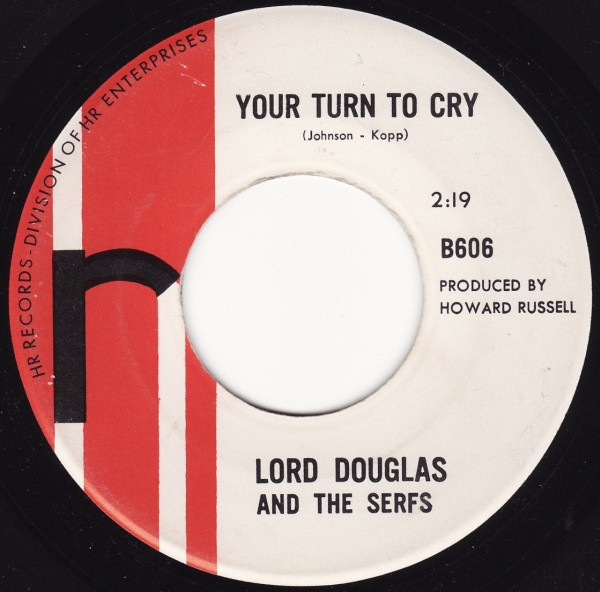
From the small town of Hiram – outside of Akron, Ohio – Lord Douglas and The Serfs released just one single during their apparently-brief existence. “Your Turn to Cry” is a charming mid-tempo track that checks off a lot of very appealing qualities: a minor-key melody, jangly guitars, group harmonies, an understated organ, and a splash of fuzz guitar toward the end. This is great stuff.

Kansas makes its second-and-final appearance with this group from Topeka. Though Morning Dew would release a psych-influenced self-titled LP in 1970, their earlier singles fit in much better with the garage rock styling. The best of these, 1967’s “No More” is a punky offering composed by the band’s guitarist/vocalist Mal Robinson. Sharp power chords, Robinson’s snarling vocals, and a decidedly “lo-fi” atmosphere make this one to remember.
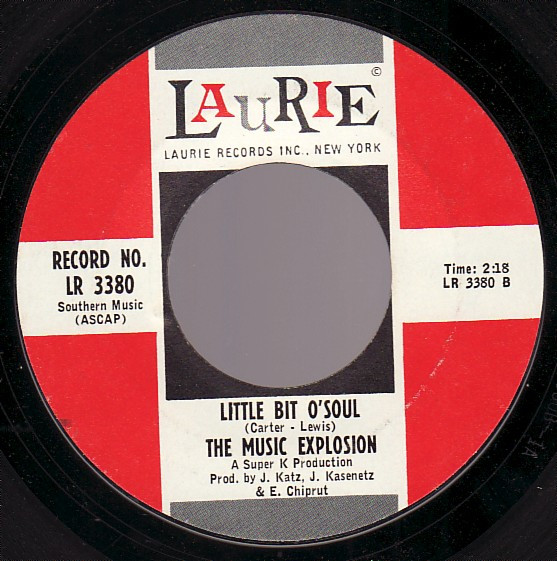
Mansfield, Ohio’s Music Explosion struck gold with this 1967 single, initially released as a B-side, but promoted to top billing in subsequent pressings. More commercially successful than any other track on this feature – though the final two also made it to the top ten – “Little Bit O’ Soul” would reach #2 on the American charts in 1967, eventually selling over a million copies. While some may question its true credentials as a garage track, the song’s inclusion on the expanded version of Nuggets is good enough proof for me.
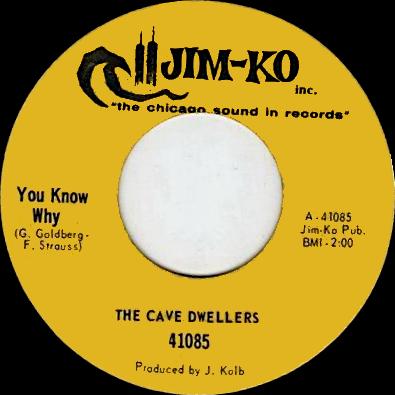
One last track from a Chicago band, “Run Around” is an amped-up rager from The Cave Dwellers. Legend has it that the song was largely cooked up on the fly, when the group needed to produce a quick B-side for their debut single, “You Know Why.” “Run Around” seems to abandon all sense of inhibition, resulting in a powerful track that easily surpasses its flip side.
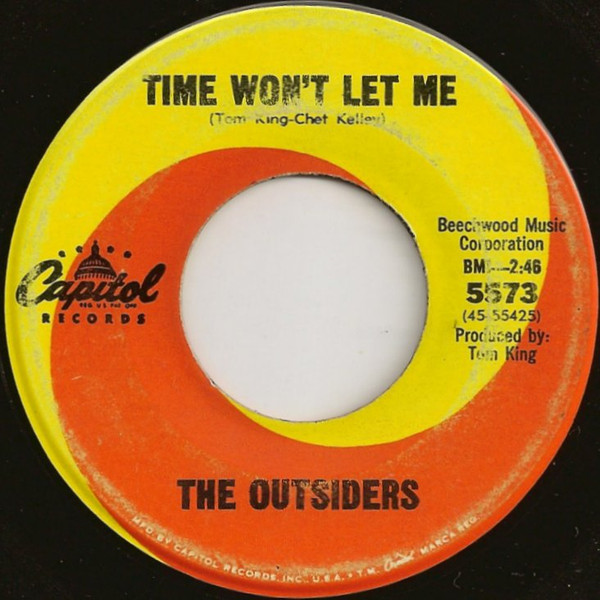
If “Little Bit O’ Soul” arguably stretched the definition of garage rock too far, this track from Cleveland’s Outsiders will surely rankle the purists. Released by Capitol Records in 1966, “Time Won’t Let Me” rode clean production and booming brass into the American top-ten, but it also did so with an undercurrent of the garage styling that was simultaneously sweeping across the country. Again, I’ll defer to the compilers of Nuggets to have the final say, so this one makes the cut.
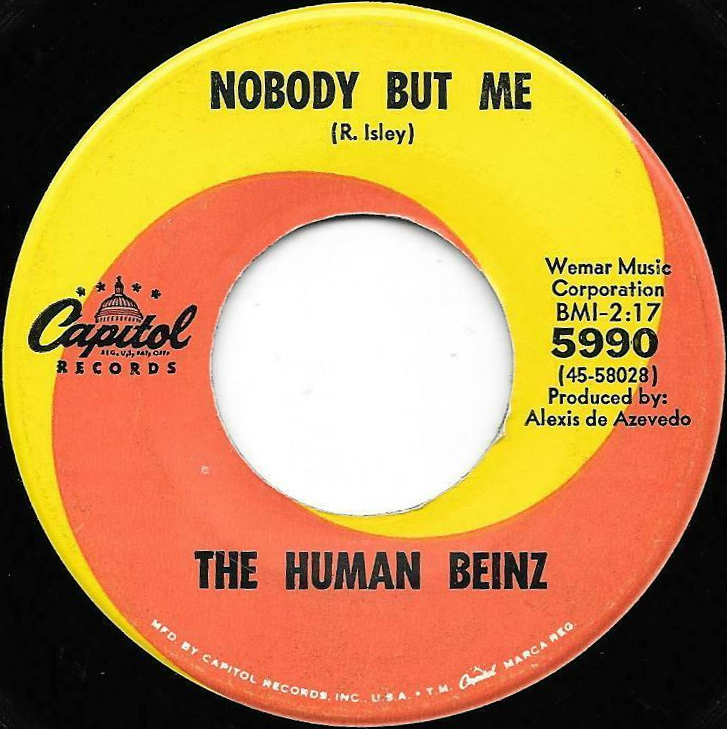
We close with another track that hit the upper reaches of the U.S. charts. A garage-tinged reading of the classic Isley Brothers song – which itself failed to chart upon its 1962 release – “Nobody But Me” found a lucrative second life in the hands of the Youngstown, Ohio-based Human Beinz. Their rendition would represent one of the most notable flirtations of garage rock with the mainstream; its cleaned-up production and playful nature make the song’s success seem inevitable in hindsight. It may not be one of the “purest” garage tracks on this list, but it’s one of the most effortlessly enjoyable.


